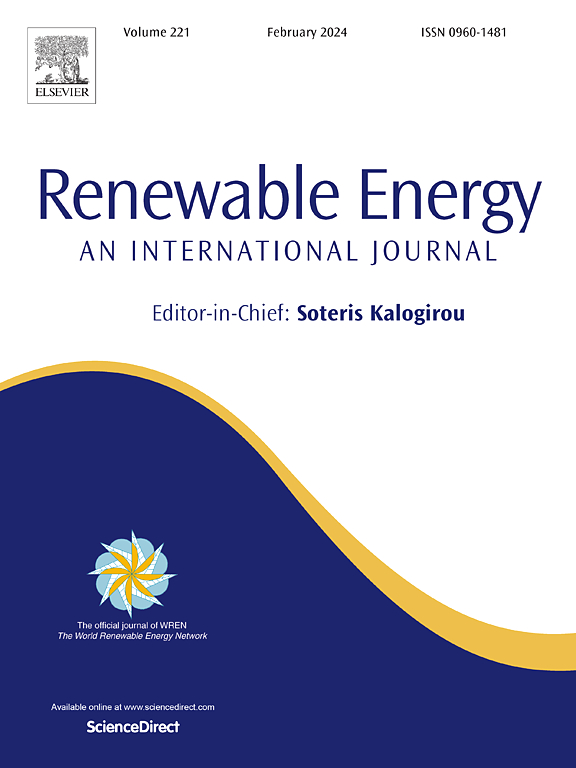Study on an enhanced YOLOv9 algorithm for detecting stains and damage in photovoltaic panels
IF 9.1
1区 工程技术
Q1 ENERGY & FUELS
引用次数: 0
Abstract
In recent years, photovoltaic (PV) panels have been increasingly adopted globally. However, their surfaces are susceptible to damage and soiling, which can negatively impact the output characteristics of PV modules. While intelligent cleaning robots are now widely used for maintaining PV panels, they still have limitations, such as low recognition accuracy and poor real-time performance in identifying dirt. To address these issues, this study proposes an algorithm based on an improved YOLOv9t model for detecting stains and damage on PV panels. The improvements include adding an All - in - One Dehazing Network (AOD - Net) to reduce the effects of overexposure and blurriness in captured images, replacing the original Conv with Spatial - Depth Conversion Convolution (SPD - Conv) to enhance accuracy and reduce computational complexity, and incorporating an Inverted Residual Mobile Block - Efficient Multi - Scale Attention (iRMB - EMA) mechanism to improve the algorithm's accuracy in complex backgrounds and during camera movements. Experimental results show that the improved YOLOv9t algorithm increases mAP by 5.83 % and reduces the weight file size by 18.21 % compared to other algorithms. This makes it a promising solution for PV panel maintenance and offers a new approach for large-scale photovoltaic power station automation, with the potential to significantly lower costs and enhance solar power generation efficiency.
一种改进的YOLOv9算法在光伏板污点和损伤检测中的研究
近年来,光伏(PV)板在全球范围内得到越来越多的应用。然而,它们的表面容易受到损坏和污染,这可能会对光伏组件的输出特性产生负面影响。目前,智能清洁机器人被广泛用于光伏电池板的维护,但它们仍然存在局限性,例如识别精度低,识别污垢的实时性差。为了解决这些问题,本研究提出了一种基于改进的YOLOv9t模型的光伏板污渍和损伤检测算法。改进包括增加一个All - in - One去雾网络(AOD - Net)来减少过度曝光和捕获图像模糊的影响,用空间深度转换卷积(SPD - Conv)取代原始的Conv来提高精度和降低计算复杂度,并结合一个倒置残差移动块-高效多尺度注意(iRMB - EMA)机制来提高算法在复杂背景和相机运动过程中的精度。实验结果表明,与其他算法相比,改进的YOLOv9t算法的mAP值提高了5.83%,权重文件大小减少了18.21%。这使其成为光伏电池板维护的一个有前途的解决方案,并为大型光伏电站自动化提供了一种新的方法,具有显著降低成本和提高太阳能发电效率的潜力。
本文章由计算机程序翻译,如有差异,请以英文原文为准。
求助全文
约1分钟内获得全文
求助全文
来源期刊

Renewable Energy
工程技术-能源与燃料
CiteScore
18.40
自引率
9.20%
发文量
1955
审稿时长
6.6 months
期刊介绍:
Renewable Energy journal is dedicated to advancing knowledge and disseminating insights on various topics and technologies within renewable energy systems and components. Our mission is to support researchers, engineers, economists, manufacturers, NGOs, associations, and societies in staying updated on new developments in their respective fields and applying alternative energy solutions to current practices.
As an international, multidisciplinary journal in renewable energy engineering and research, we strive to be a premier peer-reviewed platform and a trusted source of original research and reviews in the field of renewable energy. Join us in our endeavor to drive innovation and progress in sustainable energy solutions.
 求助内容:
求助内容: 应助结果提醒方式:
应助结果提醒方式:


